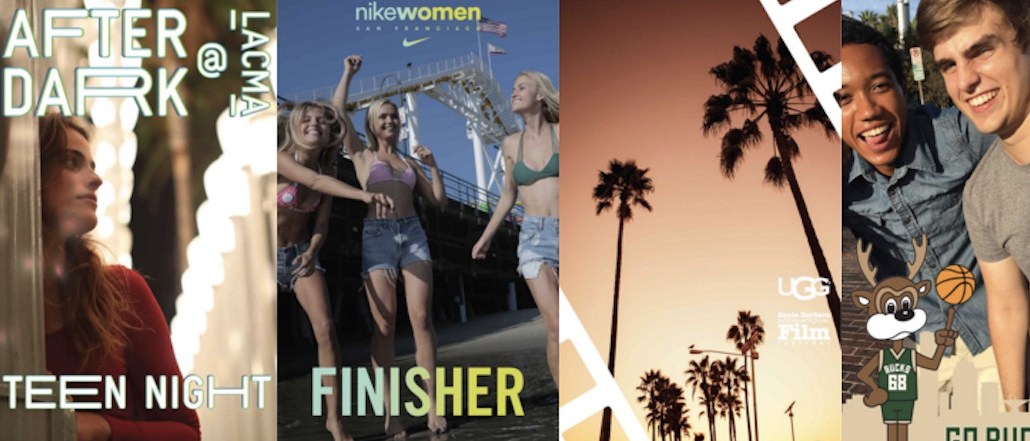
Snapchat is going to make custom filters the latest bat mitzvah party craze.
In its continuing quest to monetize, the ephemeral photo messaging app is selling “on-demand geofilters” to people, shifting away from it being a brand-centric feature.
Now, anyone can submit a filter design to Snapchat to be approved within a day, which then can appear in a designated area between the area of 20,000 square feet (an office floor) to 5,000,000 square feet (several city blocks). The filters appear live between an hour to up to a month.
As exemplified in this video from Snapchat, the app is further entrenching custom filters as its trademark feature since it lacks hashtags or tagging photos like on Facebook and Twitter. Just look how every one is excited to use a cat filter at this birthday party:
Prices begin at $5 for a filter that lasts eight hours and appears over a small venue, say a ballroom, with prices escalating depending on the length of time and square footage. Snapchat is also providing an analytics dashboard to see how many people used the filter.
Previously, Snapchat only made filters available to brands to purchase. It sells sponsored lenses for as much as $750,000. The app has also tried in-app purchases before with a Lens Store that was closed after just two months.
More in Media

Media Briefing: Publishers who bet on events and franchises this year are reaping the rewards
Tentpole events and franchises are helping publishers lock in advertising revenue.

With Firefly Image 3, Adobe aims to integrate more AI tools for various apps
New tools let people make images in seconds, create image backgrounds, replacing parts of an image and use reference images to create with AI.

Publishers revamp their newsletter offerings to engage audiences amid threat of AI and declining referral traffic
Publishers like Axios, Eater, the Guardian, theSkimm and Snopes are either growing or revamping their newsletter offerings to engage audiences as a wave of generative AI advancements increases the need for original content and referral traffic declines push publishers to find alternative ways to reach readers.





